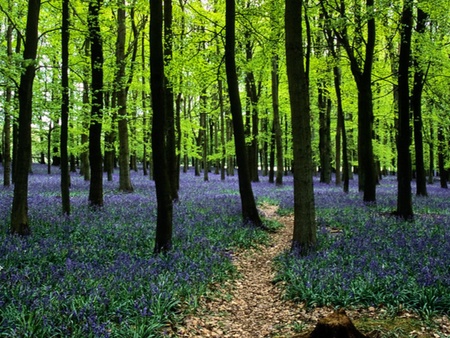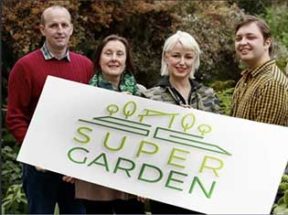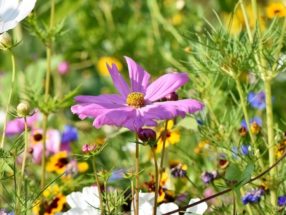
Transition to woodland
Many gardens have a canopy layer of trees, a mid-layer of shrubs and a ground layer community of low-growing herbaceous perennials and bulbs. This ground planting is where the greatest treasures of the garden can be found. For the canopy layer, deciduous trees are best as they allow plenty of light in spring when many plants are beginning to grow and give a gentle dappled shade as the season progresses. It is also easy to remove lower branches to raise the canopy and allow more light to be angled onto the plants beneath. Choose shrubs with equal care, opting for those that do not cast too much shade and include a few evergreen plants as they will give form and structure to the winter garden.
Forget any notion of once-off planting which will serve your purposes forever after. The enthusiastic gardener will continue to interact with the planting, making additions and deletions in the years following the initial plan and planting. No garden is ever ‘finished’, and no gardener would wish it to be finished. Remember that choosing a plant can occur at any time of a plant’s life, because a tree or shrub can be chosen to be retained or for removal. Quite often, the removal of a few over-grown bushes can leave the remaining trees and shrubs looking better, less cluttered with more room for specialist under-story plants.
Now is a good time of year to begin observing the development of the canopy of trees in your own garden, and the effect the canopy can exert on plants that have evolved to grow in open sunshine – namely the transition to woodland. There is even a scientific term for it – natural progression – the process by which different tree species out-compete each until a climax vegetation of durable, long-lived species, notably oak becomes self-sustaining. This natural process occurs in the garden too, not in quite the same way as it can take hundreds of years for climax oak woodland to appear. But it can be seen that parts of the garden become dull and dark with little growth or colour.
To read more, get your copy of The Irish Garden Magazine at your local newsagent









